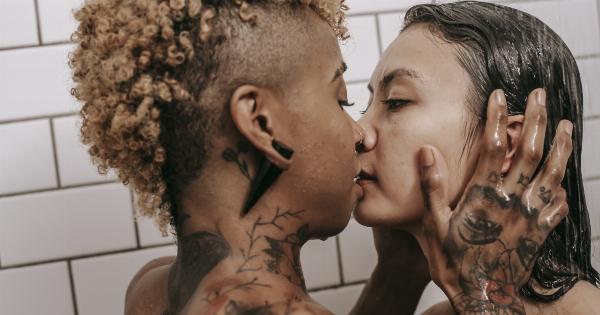Sexual intercourse is a pleasurable activity for many couples. Unfortunately, in some cases, a size mismatch between the partners can lead to problems in the bedroom. This is particularly true when it comes to the differing anatomy of men and women.
Many men are concerned about how their size compares to what their partner may prefer. Women may struggle with the discomfort or pain caused by intercourse with a partner whose size is incompatible with their anatomy.
In this article, we will take a closer look at the dynamics at play when male size and female anatomy just don’t match.
The Anatomy of the Vagina
To understand how male size and female anatomy can create problems, it’s important to understand some basic information about the anatomy of the vagina.
The vagina is a flexible, muscular structure that is designed to accommodate a variety of sizes and shapes. However, there is a limit to how wide the vagina can stretch. The average woman’s vaginal canal is about three to four inches long when not aroused. When aroused, however, the vagina can expand to accommodate a variety of sizes.
The walls of the vagina are made up of muscle and tissue that are designed to be elastic and stretch. Despite this, many women may still experience discomfort or pain during intercourse if their partner is too large.
The Impact of Girth on Intercourse
When it comes to the question of male size and female anatomy, there are two primary factors that can impact the success (or difficulty) of sexual intercourse. The first factor is penis girth.
Girth, or width, plays a significant role in determining whether sexual intercourse will be comfortable or uncomfortable for a woman. Women with a smaller vaginal canal may struggle to accommodate a partner with a larger girth. When the penis is too wide, it can lead to friction and rubbing of the vaginal walls, causing discomfort or even pain.
This friction can also lead to tearing or damage of the tissues, which can cause pain or discomfort long after the sexual encounter has ended.
The Impact of Length on Intercourse
Length is the other factor that can impact sexual intercourse when male size and female anatomy don’t match. When a man’s penis is too long, it can lead to painful penetration for his partner.
The cervix, which is the opening at the end of the vaginal canal, can be bumped or hit repeatedly during intercourse, leading to pain or discomfort. This type of discomfort can be particularly intense and can be felt even after intercourse has ended.
What to Do When There is a Mismatch
If you are in a relationship and find that there seems to be a mismatch between your size and your partner’s anatomy, there are a few things you can do. The first and most important step is to communicate with your partner.
Talk about your concerns and be open and honest about what you are feeling. It’s important to remember that sexual compatibility is not just about size. Emotional and mental connection can play an important role in creating a fulfilling sexual relationship.
If discomfort or pain is an issue, there are a few things that can be done to address the problem. The use of lubricants can be helpful in reducing friction and discomfort during intercourse.
Additionally, changing positions can sometimes make a big difference. Experimenting with different angles and positions can help to find a more comfortable way for both partners to engage in intercourse.
Finally, if the mismatch is causing significant problems in your relationship, it may be helpful to seek the support of a professional.
A therapist or sex counselor can help you and your partner work through any issues and develop strategies for creating a more fulfilling sexual relationship.
Conclusion
When it comes to male size and female anatomy, there is no one-size-fits-all solution. Sexual compatibility is a complex issue that involves physical, emotional, and psychological factors.
If you are struggling with issues related to size mismatch, it’s important to remember that there are steps you can take to address the problem. Communicating with your partner, experimenting with different positions, and seeking the support of a professional can all be helpful in creating a more fulfilling sexual relationship.






























